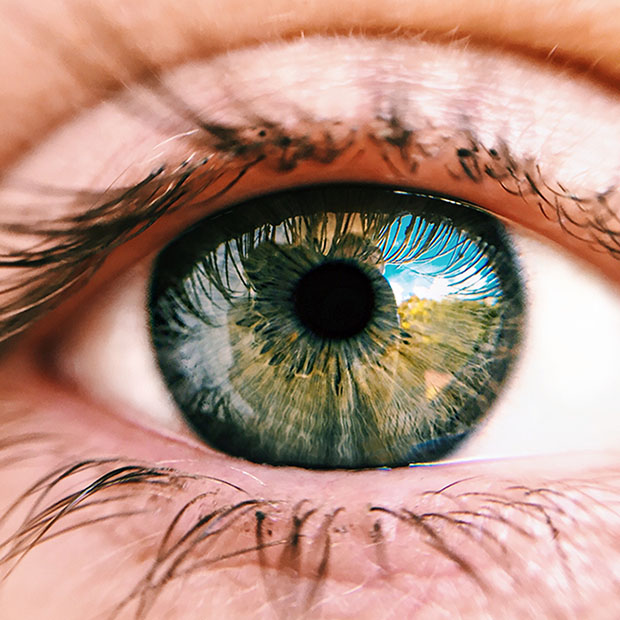What Are the Symptoms of Retinal Detachment?

The human eye is complicated, and there are a lot of ways something can go wrong with it.
The one we want to look at today is retinal detachment, a serious and sight-threatening condition that affects one in every 300 people at some time in their lives. It can be treated with early action, but first, patients need to be able to recognize the warning signs.
What Is the Retina?
The retina is the layer of tissue at the back of the eye that is covered in light-sensitive cells. It’s basically what captures images so they can be sent to the brain, and it’s made up of ten different layers and a network of specialized cells called rods and cones. It is attached to the back of the eye by something called the retinal pigment epithelium, which also works as a filter and the support system for the rods and cones.
How Can the Retina Detach?
Retinal detachment is exactly what it sounds like: the retina detaches from the back of the eye. In most cases, this happens when a hole develops in the retina and fluid from the eye starts to build up in between its layers, pushing it away from the back of the eye. It can also happen due to trauma, infection, or as an eye surgery complication. This is a serious medical problem that should be treated as quickly as possible. If it isn’t repaired, it can lead to permanent vision loss.
Retinal Detachment Risk Factors
Some people are at more of a risk of developing retinal detachment than others. Age is the biggest risk factor because the fluid in our eyes shrinks over the decades. By itself, it can be enough to create a tiny tear in the retina. Other risk factors include:
- An existing history of retinal detachment in one or both eyes
- Extreme nearsightedness
- Marfan’s syndrome
- Cataract removal (particularly if it didn’t include replacing the lens)
- A contact sports injury (also a risk with activities like paintball)
Recognize the Symptoms of Retinal Detachment
The body’s most basic warning sign that something is wrong is pain. However, retinal detachment is usually painless. Watch out for any of the following symptoms and get right to an eye doctor if you experience them (especially if you experience more than one!):
- Sudden flashes of light, particularly when moving your eyes
- A dramatic increase in the number of floaters visible in one eye
- A heavy feeling in one eye
- Something like a shadow spreading from the peripheral vision inward
- A sensation like a curtain falling over the field of vision
- Straight lines looking curved
Regular Eye Exams Can Save Your Eyesight!
Seeing an eye doctor on a regular basis isn’t just good for updated glasses prescriptions; it’s also crucial for catching eye problems in the early stages when they are most treatable. That is especially true of retinal detachment. So until your next appointment, keep taking good care of your eyes by eating healthy foods, staying active, and wearing protective eyewear and UV-blocking sunglasses!
